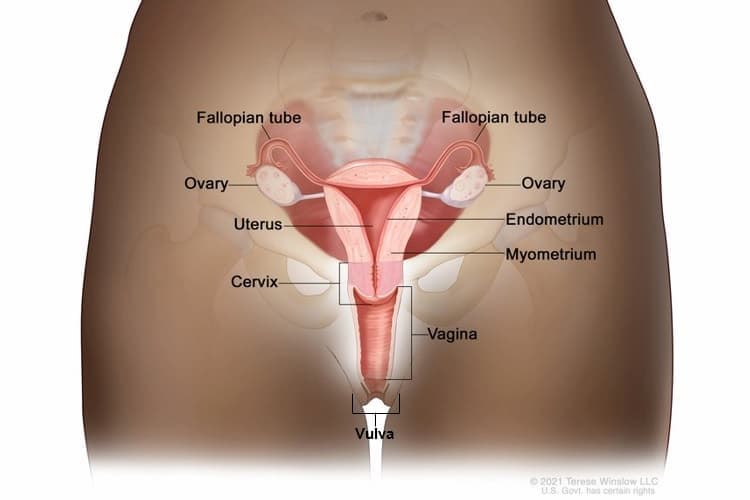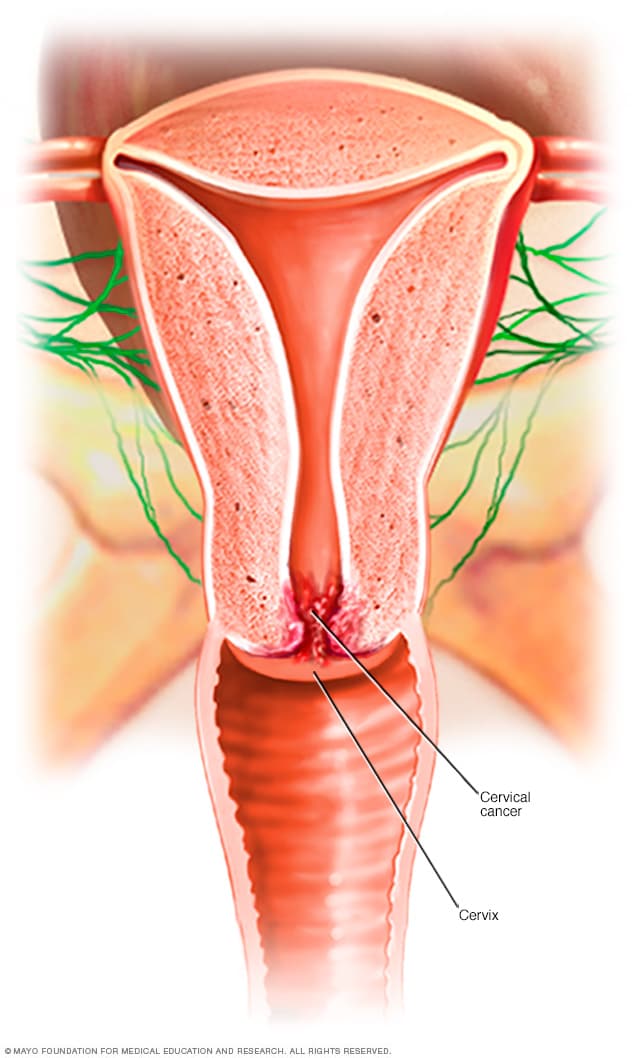Views: 76
January is Cervical Health Awareness Month, spotlighting the importance of routine testing for cervical health issues like cervical cancer. Nearly 13,000 women in the United States are diagnosed with cervical cancer each year, and approximately 4,000 die as a result. Discomfort with discussing sexual health often results in women avoiding routine gynecologic care, but cervical cancer is preventable with HPV vaccination and regular screening.
Basic Information About Cervical Cancer
Cancer is a disease in which cells in the body grow out of control. Cancer is always named for the part of the body where it starts, even if it spreads to other body parts later. When cancer starts in the cervix, it is called cervical cancer. The cervix connects the vagina (birth canal) to the upper part of the uterus. The uterus (or womb) is where a baby grows when a woman is pregnant.
Anyone with a cervix is at risk for cervical cancer. It occurs most often in people over age 30. Long-lasting infection with certain types of human papillomavirus (HPV) is the main cause of cervical cancer. HPV is a common virus that is passed from one person to another during sex. At least half of sexually active people will have HPV at some point in their lives, but few women will get cervical cancer.
Screening tests and the HPV vaccine can help prevent cervical cancer. When cervical cancer is found early, it is highly treatable and associated with long survival and good quality of life.

This diagram shows different parts of a woman’s reproductive system.
Cervical Health Awareness Month 2023
What is cervical cancer? A Mayo Clinic expert explains
Learn more about cervical cancer from Mayo Clinic gynecologic oncologist Kristina Butler, M.D., M.S.
Cervical cancer is a type of cancer that occurs in the cells of the cervix — the lower part of the uterus that connects to the vagina.
Various strains of the human papillomavirus (HPV), a sexually transmitted infection, play a role in causing most cervical cancer.
When exposed to HPV, the body’s immune system typically prevents the virus from doing harm. In a small percentage of people, however, the virus survives for years, contributing to the process that causes some cervical cells to become cancer cells.
You can reduce your risk of developing cervical cancer by having screening tests and receiving a vaccine that protects against HPV infection.

Cervical Cancer
Causes of Cervical Cancer
The most common cause is the human papillomavirus, or HPV. Roughly 99% of cervical cancers are caused by this sexually transmitted infection. The most common strains of the virus, HPV 16 and HPV 18, are responsible for approximately 70% of all cases of the disease. Approximately, 14 million new HPV infections are detected each year, and although some do clear up, infections that persist can lead to serious health problems.
How HPV Vaccination Can Prevent Cervical Cancer
The HPV vaccines can help prevent infection from both high-risk HPV types that can lead to cervical cancer, and low-risk types that cause genital warts. It must be given in three doses, and can protect against four HPV types: the two most common high-risk strains, HPV 16 and 18; and the two most common low-risk types, HPV 6 and 11. Ideally, the vaccine should be given before one becomes sexually active.
The U.S. Food and Drug Administration has approved 3 HPV vaccines. The first was Gardasil, which was approved in 2006 to protect against HPV 16 and HPV 18. In 2009, the FDA approved Ceravix, and a third vaccine, Gardasil 9, was approved in 2014. Gardasil 9 has shown to be 97% effective in preventing cervical, vulvar and vaginal cancer, and protecting against additional types of high risk HPV strains.
The CDC recommends that all boys and girls get the HPV vaccine at age 11 or 12, as the vaccine produces a stronger immune response when taken during the preteen years. For this reason, up until age 14, only 2 doses of the vaccine are required. For those 15 and older, a full 3 dose series is needed. The vaccine is available for all males and females through age 45.


The most important things you can do to help prevent cervical cancer are to get vaccinated against HPV, have regular screening tests, and go back to the doctor if your screening test results are not normal. Read more
How Pap Tests for Dysplasia Can Reveal Cervical Cancer Risk
Cervical cancer often starts as a precancerous condition called dysplasia, which involves the development of abnormal cells on the cervix. These abnormal cells are detected through a Pap test (also known as a pap smear), in which cells are collected from the cervix and examined for abnormalities.
If left undetected, dysplasia can turn into cervical cancer. Many women may not suspect cervical cancer until it has become advanced or metastasizes, which stresses the importance of annual Pap tests even more:
- All women 21 and older should receive regular exams and screenings, including an annual pelvic exam and a periodic Pap test.
- Women 21 to 29 years of age should receive a Pap test every 3 years, as long as their results remain normal.
- Women 30 to 65 years old should receive a Pap test combined with an HPV test every 5 years, as long as their results remain normal. Alternatively, women 30 and over may opt for just a Pap test every 3 years.
Symptoms of Cervical Cancer
Symptoms of cervical cancer may not show up until the cancer is advanced. The symptoms usually include:
Abnormal vaginal bleeding
Unusual discharge
Menstrual cycles that last longer, or have a heavier flow than usual
Bleeding after menopause
It’s important to keep in mind that the warning signs of cervical cancer may be scarce. Often, the disease doesn’t cause pain or other obvious warning signs until the later stages. Women who suspect a problem should not ignore their symptoms and seek a medical evaluation.

Female Reproductive System
What You Can Do
Cervical cancer is preventable and treatable. With the right education and preventative actions, your chances of developing cervical cancer are relatively low.
Talk to the women in your life about getting properly screened and tested. Remind them how important annual testing is, and encourage them to speak with their doctor about the HPV vaccination. You can make a difference by speaking out, making cervical health a normal topic, and helping educate the women and men in your life.
When to see a doctor
Make an appointment with your doctor if you have any signs or symptoms that concern you.
Cervical cancer prevention is about access to quality preventative healthcare and living a healthy lifestyle. Luckily Mountainside Medical Equipment has you covered! We’ve got what you need to keep active and stay healthy. Click this link to visit our women’s health products!
From: January 12, 2023 Joel La Puma
Sources:











